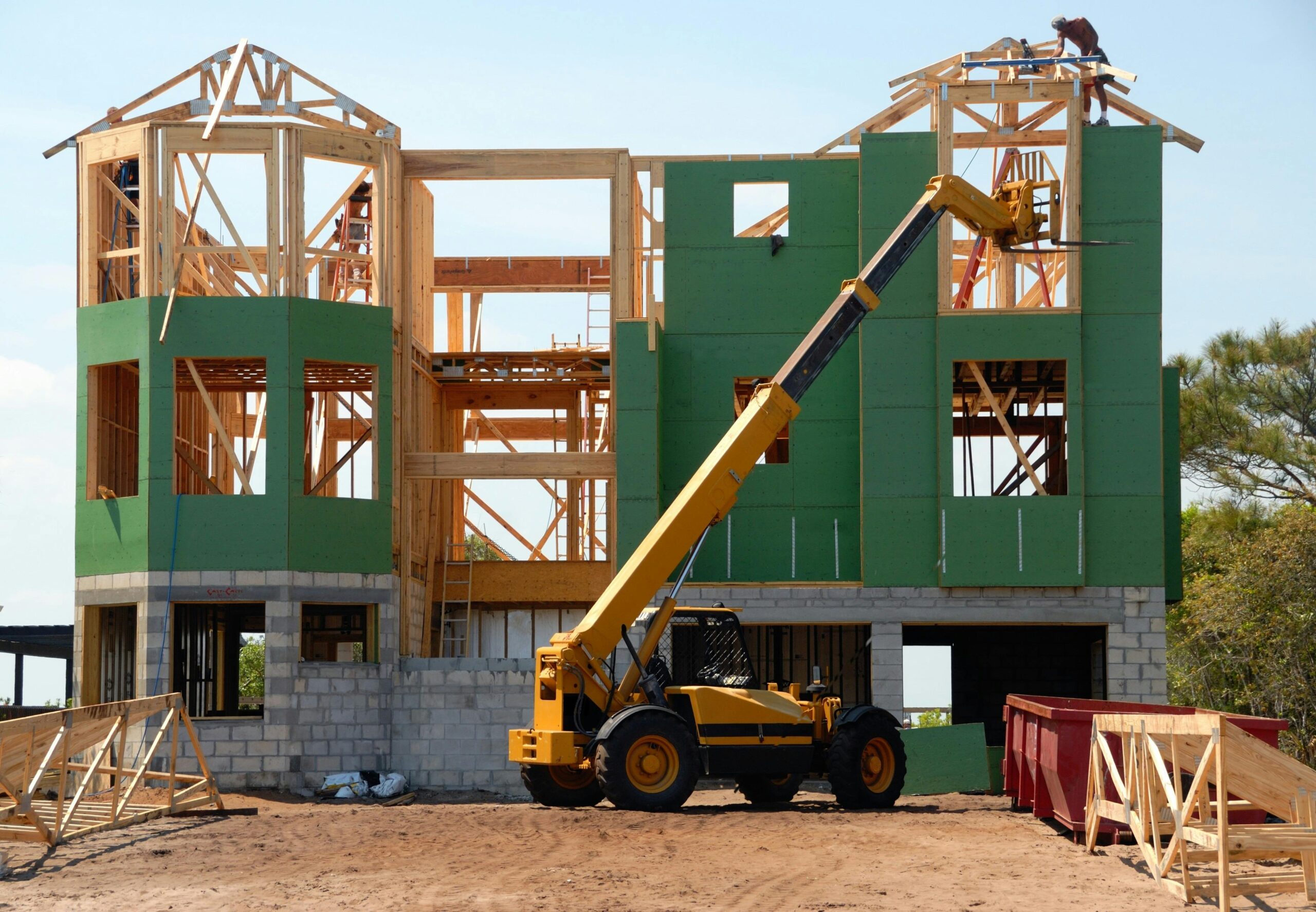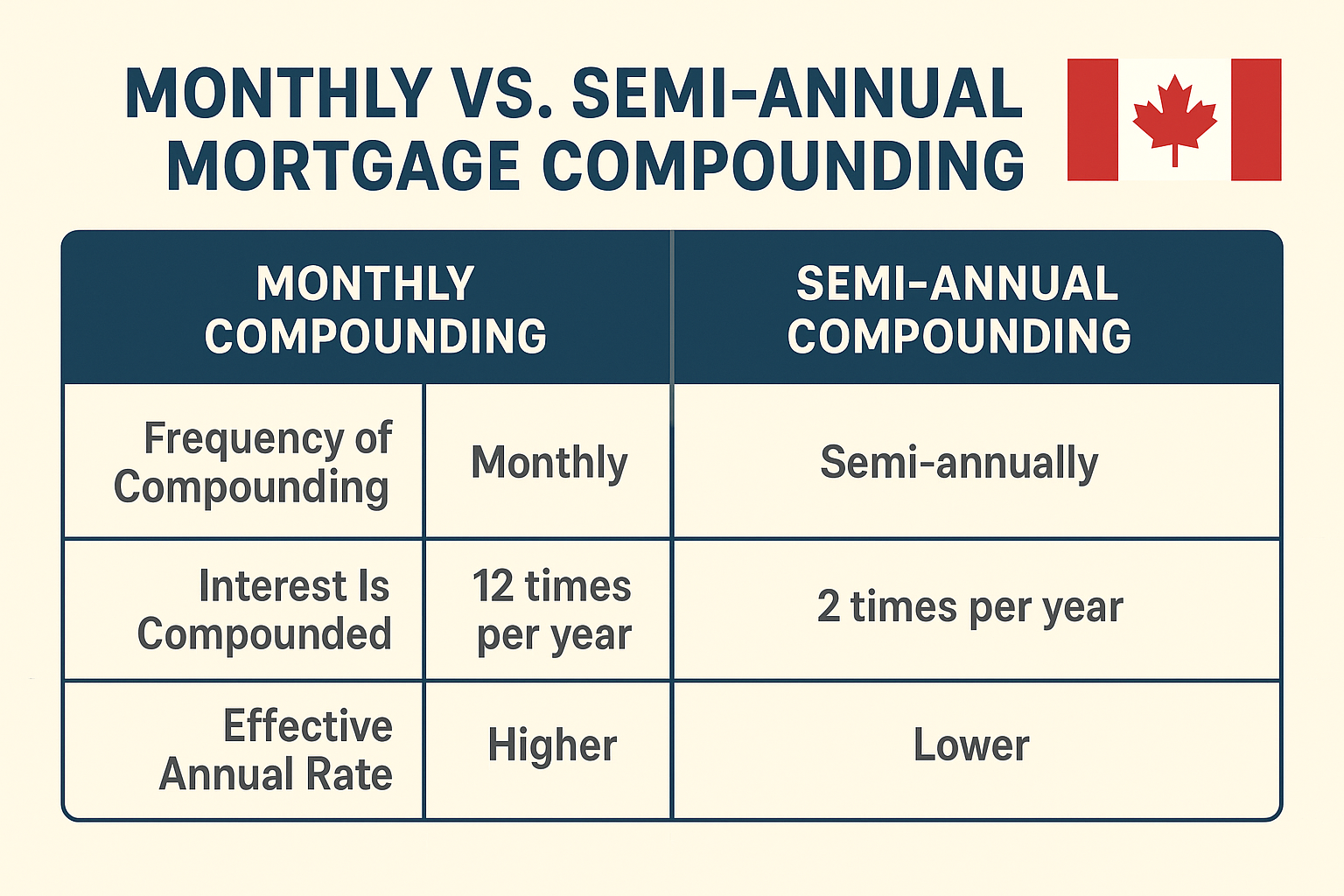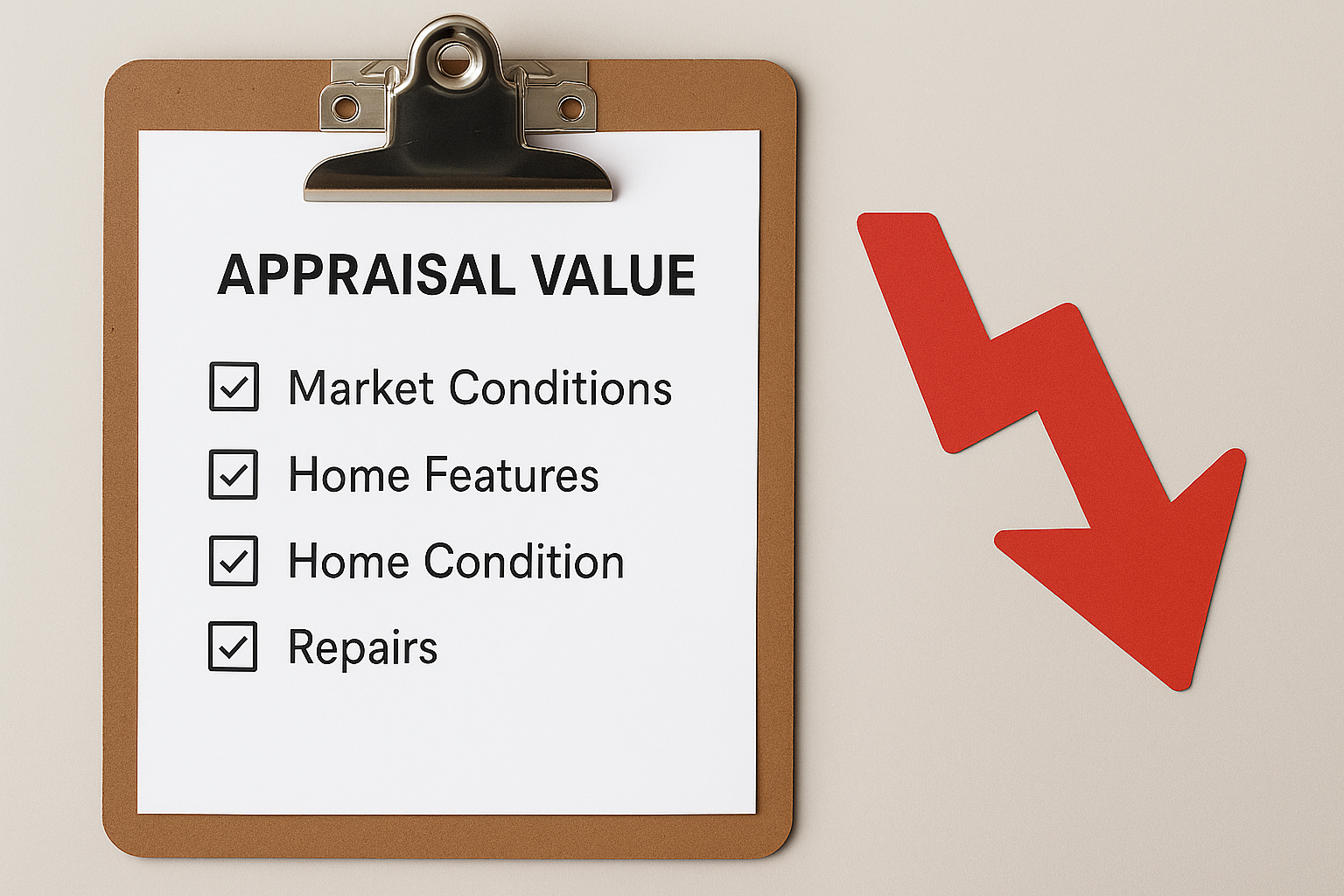Table of Contents
ToggleTariffs Will Accelerate the Negative Pressure On Housing Affordability
In recent years, Canada has faced increasing challenges in its housing sector, with affordability being a major concern for prospective homebuyers. Now, with the looming threat of potential tariffs on key building materials, the situation could become even more strained. Tariffs on construction materials could significantly impact the cost of building new homes, ultimately slowing down development efforts and worsening housing affordability for Canadians.
The Effect of Tariffs on Construction Materials
A potential rise in tariffs on imported materials—such as lumber, steel, aluminum, and cement—could lead to increased costs for homebuilders. Many of these materials are either imported from the United States or other global markets, and any tariff-induced price hikes would directly affect construction expenses. Developers facing higher costs may either pass these costs onto buyers or slow down new developments altogether due to diminishing profit margins.
Canada has historically relied on both domestic and international sources for its building materials, and any disruption to this supply chain can have significant ramifications. If tariffs increase the cost of importing materials, domestic producers may also raise their prices in response to increased demand. This ripple effect would further compound the problem, as builders struggle to absorb the heightened costs while maintaining project viability.
Slower Housing Development
The Canadian housing market is already struggling to keep up with demand, particularly in major urban centers like Toronto, Vancouver, and Montreal. Additional costs from tariffs would put further strain on an industry already dealing with labor shortages, rising interest rates, and supply chain disruptions.
With higher material costs, many developers might delay or even cancel planned projects, reducing the overall supply of new homes. Given that Canada has a national housing shortage, any slowdown in home construction would exacerbate an already tight market, driving up prices and making housing affordability out of reach for many Canadians.
Furthermore, projects focused on affordable housing may be hit the hardest. Government-backed initiatives aimed at increasing low-cost housing rely on budgets that may not accommodate significant cost increases. If projects become too expensive to complete, fewer affordable units will enter the market, further widening the housing gap for lower-income Canadians.
Direct Impact on Housing Affordability
As housing supply shrinks and demand remains strong, affordability will take another hit. The cost of constructing new homes is a major factor in determining market prices, and increased building costs could make new housing projects less financially viable. This could push developers to focus on high-margin luxury projects rather than affordable housing initiatives, further limiting options for first-time homebuyers and middle-class Canadians.
Additionally, higher home prices could also mean higher rental costs. If fewer homes are built, rental supply will also lag behind demand, pushing rental prices even higher—affecting not only prospective homebuyers but also renters who are already facing affordability challenges.
Even existing homeowners may not be immune to the impact of these tariffs. Higher construction costs could translate into pricier renovations, discouraging homeowners from upgrading their properties. This could lead to stagnation in the real estate market, as fewer homeowners opt to sell and upgrade, reducing the availability of homes for prospective buyers.
Impact on Potential Homeowners and Financing
Higher construction costs and a shrinking housing supply will also impact potential homeowners‘ ability to secure financing. As home prices rise due to increased building costs, buyers may need larger mortgages to afford a home. This could make housing affordability harder for first-time buyers to qualify for loans, especially as lenders adjust their assessments based on elevated home prices and increased market risk.
With rising housing costs, banks and mortgage lenders may impose stricter lending criteria, requiring higher down payments and stronger credit scores from applicants. Additionally, higher home prices could result in increased monthly mortgage payments, making homeownership less attainable for many Canadians. For those who do qualify, the burden of larger mortgage payments could put additional financial strain on households, leading to a higher risk of mortgage defaults.
Furthermore, if housing development slows due to high costs, potential homeowners may face increased competition for a limited number of available homes. This heightened demand could push prices even higher, making it even more difficult for prospective buyers to enter the market without substantial financial resources.
Potential Economic Ramifications
The broader economic impact of tariffs on construction materials extends beyond housing affordability. The construction industry is a significant contributor to Canada’s GDP, and any slowdown in building activity could have ripple effects across multiple sectors, including manufacturing, retail, and finance.
Job losses in construction and related industries could also result from declining housing projects. As builders scale back on new developments, demand for construction workers, engineers, and architects may decrease, leading to potential layoffs. This would create a negative feedback loop in which reduced employment weakens consumer spending, further slowing economic growth.
In addition, municipalities rely on new housing developments for tax revenue. Delays or cancellations in housing projects could mean reduced funding for infrastructure, public services, and community programs, placing additional strain on local economies.
Potential Solutions and Government Interventions
To mitigate the negative impact of tariffs, the Canadian government could explore alternative policies, such as reducing domestic regulatory costs or providing subsidies to builders. Encouraging local production of key materials could also reduce reliance on imports, helping to stabilize prices. Additionally, governments at all levels could collaborate to ensure affordable housing projects receive priority support, even amid rising costs.
Another option could be negotiating trade agreements that exempt essential building materials from tariffs. While trade policy is complex and often influenced by broader economic and political considerations, targeted negotiations could help prevent unnecessary cost increases that disproportionately affect the housing sector.
Additionally, financial incentives for developers who prioritize affordable housing could help offset the increased costs associated with tariffs. Providing tax credits, grants, or reduced permit fees for builders focused on affordable units could encourage more investment in cost-effective housing solutions.
The Role of Innovation in Reducing Costs
Beyond policy interventions, innovation within the construction sector could also help counteract rising costs. The adoption of alternative building materials, such as cross-laminated timber or recycled materials, could help reduce reliance on tariffed imports. Modular and prefabricated construction techniques also offer potential cost savings by improving efficiency and reducing waste.
The use of 3D printing in construction is another emerging trend that could offset some of the financial pressures imposed by tariffs. This technology has the potential to significantly lower material costs and streamline construction processes, making housing projects more viable despite rising input costs.
Conclusion
The potential impact of tariffs on construction materials could significantly slow down efforts to build new homes in Canada. By increasing costs for developers and limiting supply, tariffs could make housing even less affordable for Canadians. Addressing this challenge will require coordinated efforts from policymakers, builders, and industry stakeholders to ensure that the market remains accessible and that housing affordability does not worsen for future generations.
By implementing policy measures, supporting domestic production, and encouraging innovation, Canada can mitigate some of the negative effects of tariffs and work towards a more stable and affordable housing market. If these steps are not taken, the affordability crisis could deepen, leaving many Canadians struggling to find suitable and affordable housing in an already competitive market.
- How Soon Can You Lose Your House in Canada? The Truth About Foreclosure - July 14, 2025
- Title Insurance: Proven Homeowner Protection in 2025 - July 8, 2025
- ID Requirements for a Mortgage in Ontario: What You Need to Know - July 2, 2025






